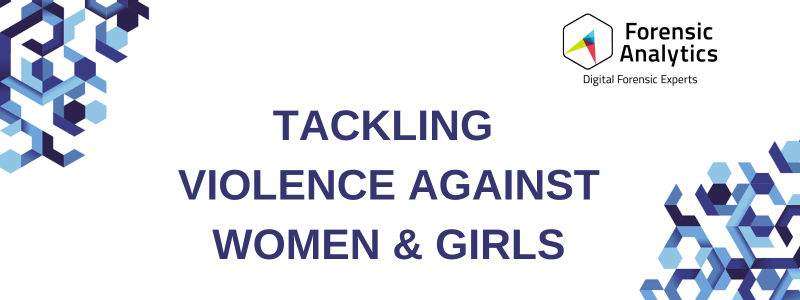In September, Forensic Analytics and Crest hosted a roundtable to discuss the nuances of the offensive and defensive uses of technology in crimes involving Violence Against Women and Girls (VAWG). The roundtable brought together experts from across policing, technology and victim services and was chaired by DCC Maggie Blyth, National Police Lead for VAWG.
Operational context and political focus
Tackling VAWG is one of the government’s top priorities. Following the murders of Sarah Everard, Bibaa Henry and Nicole Smallman, the Home Office published the Tackling violence against women and girls strategy and End-to-End Rape Review.
With the prospect of the Online Safety Bill – which aims to legislate on how platforms should deal with harmful content online, including in the context of VAWG – potentially resurfacing, there is an opportunity to harness the priority status of VAWG and use the momentum to improve the safety and justice outcomes for women and girls.
The government also increasingly recognises the importance of developing digital investigative capabilities to tackle VAWG. In the End-to-End Rape Review, with a commitment to:
“Identify technology gaps and work with industry to develop solutions to speed up and improve investigations whilst reducing unnecessary intrusion.”
During the roundtable, we discussed how these gaps are being addressed and considered, what more can be done to use technology to improve VAWG investigations going forward.
Operation Soteria Bluestone[1], a programme which was launched in response to this government strategy, was highlighted as an example of best practice. The programme focuses on creating suspect-centred investigations and an overall victim-centred approach. This involves using technology to reduce the onus on victims, for example by limiting the time that a mobile device is taken away for evidence review. In addition, the programme aims to improve the process of digital evidence review. This includes ensuring that investigators have the equipment they need to carry out digital VAWG investigations, and that they are well-trained to do so.
Streamlining VAWG investigations by improving digital investigative capabilities means that the police are more likely to retain victims and witnesses and, ultimately, progress to court. This in turn improves the victim’s experience as well as officer satisfaction, investigation quality, and judicial outcomes.
Our collective blind spot – the enabling role of technology in VAWG
Our roundtable experts estimated that 90 to 100 per cent of VAWG cases today have a digital element.
We live in an increasingly online world, and evidence suggests that this is impacting crime. The Revenge Porn Helpline (a helpline for victims of image-based sexual abuse) reported a 98% increase in cases in 2020 compared to 2019[2]. This is also particularly relevant for the younger generation. According to a survey by the Pew Research Center, 26% of women aged 18-24 reported having been stalked online, compared to 8% of all internet users in the survey[3]. This is a problem that will not go away on its own, and we need to be better equipped to address it.
There is a wealth of knowledge about how patterns of offender behaviour evolve and escalate offline. However, our participants highlighted that we don’t know enough about how this translates into online behaviours, and what role the digital environment plays in the offline escalation process. Similarly, participants stressed that we shouldn’t underestimate the value of the knowledge that we already have about offline behaviours, so we are not starting from scratch. Some of the key gaps in our current collective knowledge, as outlined by our participants, included:
- A better definition of tech-enabled VAWG and how prevalent it is: How exactly does technology enable VAWG? What is the role of algorithms, groupthink, and the sense of anonymity that comes with online communications?
- A clearer picture of online VAWG victimisation: Who is most at risk? How does victimisation evolve over time? How do different vulnerabilities intersect online?
- An understanding of how tech-enabled VAWG contributes to the wider VAWG picture: What is the link between online and offline offending?
Answering these questions will help feed into conversations about digital investigations, helping officers know where to look, whilst also improving prevention.
Could technology also play a role in preventing VAWG?
Women are increasingly using mobile technology to improve feelings of personal safety. In the month following Sarah Everard’s death, there were 80,000 new users of the Hollie Guard app alone[4]. More and more apps are being created, aimed at giving women quick (and anonymous) ways to report unsafe situations and seek support. However, our participants explained that these initiatives on their own were not enough: they may help women feel safer, but they do not help prevent these situations from arising in the first place. To answer this need, some initiatives focus instead on crowdsourcing data from women on their feelings of safety, to inform urban planning and/or wider VAWG-prevention policies.
This is the case of the Lambeth Safer Streets initiative[5], which asks women to provide detailed information about specific factors which increased or decreased feelings of safety in the streets. It will be important to robustly evaluate these initiatives, to identify whether and how they help prevent VAWG. This kind of initiative is important not only because it allows us to build evidence-based responses, but also because it could provide us with an understanding of “near misses”: situations which didn’t escalate but could have. Analysis of these, in comparison with VAWG incidents, could further shine light on protective factors we can harness in VAWG prevention strategies.
Participants also explained that it is hard for those working on the frontline to help women understand how to protect themselves from online VAWG, without putting the blame on victims. Indeed, some women may not even know about the behaviours used by perpetrators. By shining a light on the problem, we could collectively work on better empowering women to spot the warning signs and protect themselves from problematic behaviours online. We could also better educate on what behaviours are unacceptable from a young age, to encourage bystander intervention and de-escalation of existing problematic behaviours.
How can technology change the investigation of VAWG cases?
As a result of these complex external factors, the importance of improving digital investigative capabilities available to the police cannot be overstated.
Roundtable participants highlighted a range of operational challenges, some systemic and others related to resources:
- The volume of digital evidence that police investigators are required to sift through outstrips their current capability.
- Outdated processes and equipment slow down digital investigative capabilities. For example, redacting evidence for the Crown Prosecution Service (CPS) was seen as disproportionately time-consuming.
- Training of officers in digital investigative techniques is inconsistent. In addition, where there is training, there is a lack of specific training on the subtleties of VAWG cases.
- Protocols on the handling of digital VAWG evidence are not hard to implement at force level, and there can be confusion among officers regarding how to collect, store and dispose of evidence in VAWG investigations.
To tackle these specific challenges, several ideas were discussed during the roundtable:
- Specialist analysts who are trained in digital investigations should support police investigators. This could involve reviewing complex evidence and assisting police investigators with digital reviews.
- Improved data sharing between the relevant criminal justice organisations. In particular conversations about what counts as permissible evidence between the CPS and police. There is a sense that it is time to update CPS protocol on digital evidence.
- Adopting consistent practices of digital evidence review across police force areas. A standardised approach to training investigators in digital evidence review would be welcomed.
Although programmes like Operation Soteria demonstrate positive steps towards digitally enabled investigations, our roundtable highlighted that there are still technology gaps and challenges. It is important that resources continue to be funnelled to fill these to improve investigations and justice outcomes for women and girls.
Next steps
Participants in the roundtable were clear that there is value in continuing work on this topic, focusing on both the practical policing response to VAWG incidents, as well as refining our understanding of online VAWG.
More than anything, this roundtable has highlighted the value-add in bringing together different expertise, and how important it is to share insights and keep the conversation going.
We were especially grateful for presentations from Tiggey May and Dr Emma Williams, who set the scene by presenting insights they gained from Operation Soteria.
At Forensic Analytics we intend to continue to work on research in this area to expand our understanding of online VAWG and look for ways in which our solutions can be deployed to tackle the issue.
[1] https://www.college.police.uk/research/projects/operation-soteria-bluestone
[2] https://saferinternet.org.uk/blog/revenge-porn-pandemic-rise-in-reports-shows-no-sign-of-slowing-even-as-lockdown-eases
[3] https://www.pewresearch.org/internet/2014/10/22/online-harassment/
[4] https://www.nationalworld.com/news/uk/womens-safety-apps-how-hollie-guard-and-walksafe-work-and-surge-in-downloads-after-sarah-everards-murder-3582578
[5] https://lambethsaferstreets.commonplace.is/about




